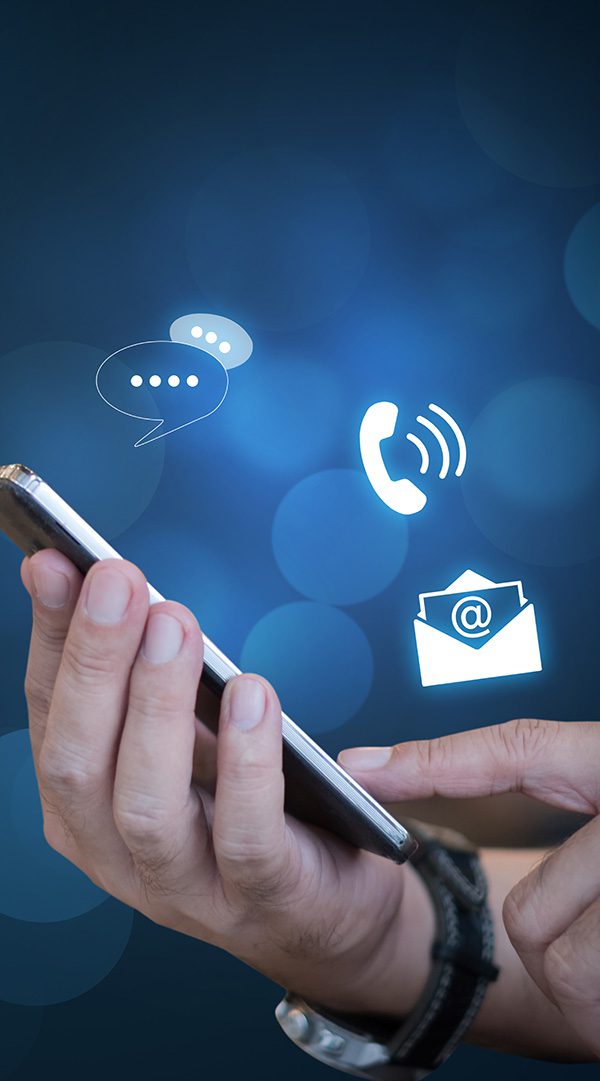It’s time to take an in-depth look at tax deduction opportunities you may be missing – home office running and occupancy expenses.
As a junior doctor you are bound to spend time working from home, and this is likely to increase after your registrar training. Increased workplace flexibility and improvements in technology are leading to more telehealth and phone consults, often from a doctor’s home.
Home office expenses can generally be separated into three broad categories:
- Occupancy expenses
- Running expenses, and
- Pertinent motor vehicle expenses.
This article will explore which home office running costs you could be eligible to claim as tax deductions, taking into account recent developments that aim to simplify home office tax deductions due to the impacts of COVID-19.
Running expenses
Home office running expenses can in most cases be claimed as deductions for junior doctors. These include:
- Electricity and gas costs for heating, cooling and lighting a room.
- Landline phone and internet service costs.
- Depreciation and maintenance costs of:
- plant and equipment including computers, laptops and work bags
- furniture such as a desk, office chairs and bookcase
- furnishings such as curtains, carpets and light fittings
- Cleaning costs.
A portion of your mobile phone bill may also be deductable, however this is treated differently because you use your mobile phone for personal calls also.
You will not be able to deduct any costs relating to coffee, tea and other general household items.
Methods of Working out your Home Office Running Costs
There are three methods you can use to calculate your home office expenditure being:
- Shortcut Method (80 cents an hour) – only available between 1 March 2020 and 30 June 2021
- Fixed Rate Method (52 cents an Hour)
- Actual Cost Method
All three methods require you to maintain some form of record keeping. You can choose whichever you please to provide you the best outcome. At William Buck, we will guide you as to which bests fits your circumstances.
Shortcut Method
Introduced as a COVID-19 measure is the ability to claim 80 cents per hour for each hour you work from home between the period 1 March 2020 to 30 June 2020 and from 1 July 2020 to 30 June 2021. This method was introduced to help simplify the calculation of your home office expenditure.
If you claim this shortcut method, it will cover all your working-from-home expenses including phone and internet expenses, electricity costs and the decline in value of any assets you purchase.
You do not need to have a dedicated area in your home to claim this method, you just need to maintain a record of the number of hours you worked from home during these periods. You must actually be working from home to fulfil employment duties, not just carrying out menial tasks such as checking emails or taking calls occasionally throughout the day.
If you have purchased any equipment during the year, you cannot claim these costs using the shortcut method so you may find that the other methods provide a better outcome.
Fixed Rate Method
This method allows you to claim a deduction of a fixed rate of 52 cents per hour for additional running expenses you incur working from home. If you apply this method, it covers the following expenses:
- Depreciation of home office furniture and furnishings (desks and chairs for example)
- Electricity and gas for heating, and
- Cost repairs for any home office equipment, furniture and furnishings.
To apply this method, you must have a dedicated work area in your home such as a home office. If you work from your loungeroom or kitchen benchtop then you may not be able to claim home office expenditure.
When calculating your hours spent working from home you can either record the total hours spent during the year or maintain a four-week diary that represents the normal pattern of home office use over the financial year.
Although you cannot claim depreciation on any office furniture you purchase, under the fixed rate method claim, you can claim the decline in value of any office equipment you purchase such as a laptop or printer. You can also claim any work or business-related use of your landline phone and internet expenditure as well as computer consumables and stationery.
Actual Cost Method
The Actual Cost method, as the name suggests, involves looking at the actual costs you incurred as a result of working from home. This method may be more time consuming to calculate however it will usually result in the highest deduction. Actual costs you may be able to claim include the following:
- Electricity and gas for cooling, heating and lighting: one method of calculating this is to multiply your total hours worked from home by the cost per unit of power used and the average number of units of power used per hour. However if the area you use for work is a common area of the home and that area is being used by other members of your household for another purpose (such as family members watching television or reading) at the same time you’re working, you won’t be incurring any additional costs for lighting, heating or cooling as a result of working in that room.
- Depreciation of home office furniture.
- Depreciation of phones, computers or similar devices.
- Phone expenses.
- Internet expenses.
- Cleaning, if you use a dedicated area for working (a reasonable way to determine the allowable deduction for cleaning costs is to sum together your cleaning costs during the year and apportion that based on the square footage of your office).
- Computer consumables and stationery such as ink.
Similar to the Fixed Rate Method, you will need to maintain records of actual hours spent working from home (or a four-week period that represents normal pattern of use).
Occupancy expenses
Occupancy expenses can potentially be claimed as deductions if your home can be defined as a “place of business”. You must pass the interest deductibility test by demonstrating that you run the business primarily from home – it helps your case if you have a room or space set aside exclusively for business activities. If you are carrying out your services at the client’s premises then you may still be running the business from home if you are doing all the administrative paperwork, bookings and storing of any equipment at home.
The following factors, none of which are necessarily conclusive on their own, may indicate whether an area set aside for business has the character of a “place of business”:
- The area within the home is clearly identifiable as a place of business (such as a sign at the front of your house) and the area within the home is not easily suitable or adaptable for use for private or domestic use.
- The area is used exclusively or almost exclusively for carrying on a business.
- The area is used regularly for visits of clients or customers.
- The area is dedicated for storing business related equipment.
If an area of your home can be deemed to be a place of business, you may be able to claim occupancy expenses, calculated based on actual dedicated floor area used for business in comparison to total floor area of the home. Occupancy expenses include all expenses related to renting or owning your home such as:
- Rent,
- Mortgage interest
- Water rates
- Land tax, and
- House insurance premiums.
It should be noted that if you own a home and you are treating the residence as your place of business, claiming occupancy costs can have implications on the eventual sale of the property where you may not be able to claim the full main residence exemption and be exposed to capital gains tax which otherwise would have been exempt. This is not an issue if you are renting.
Another consideration is that where you receive personal service income (PSI) which apply in circumstances where income is generated mainly from your personal skills and effort, occupancy costs may not be deductible. There are a number of tests that need to be satisfied to confirm if the PSI rules apply. If the rules do not apply occupancy expenses should be able to be claimed as a deduction to the extent of the business use.
A doctor may be able to satisfy the above criteria where they are operating their consulting room or surgery room from their home. Otherwise it is less likely that their home would be considered a place of business.
Related home office motor vehicle costs
Where you are operating a home-based business, you can also claim the costs of trips between your home and your patients’ premises if the nature of the trip is connected with your business. You will need to maintain a logbook for your motor vehicle to determine the business percentage of your car expenses. You would be able to count the travel for example from home to:
- A client’s premises
- Purchase equipment or supplies
- The bank to do your banking
- The post office to mail out invoices or get mail from a PO Box, and
- See your business tax agent or BAS agent.
You must maintain a logbook for a 12-week continuous period and should record the opening and closing odometer reading for each trip and provide a description of the travel undertaken. The 12-week period should represent the normal business travel for the car.
If you would like to discuss home office expenses further, please do not hesitate to contact your local William Buck advisor.





